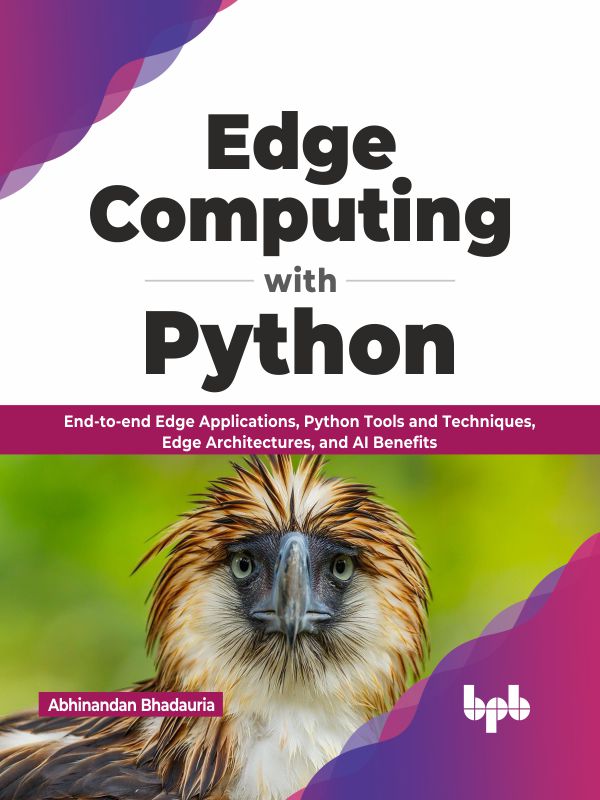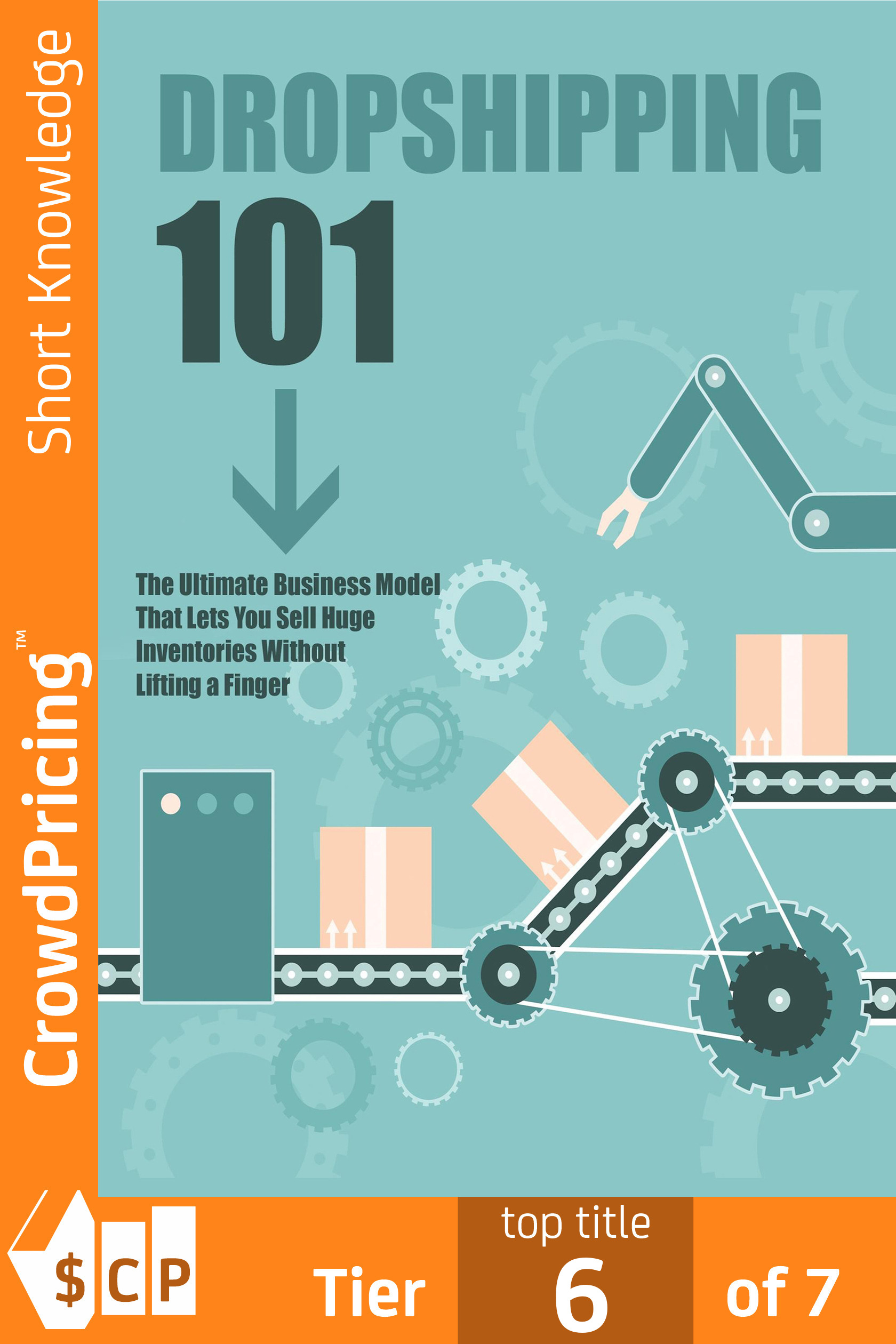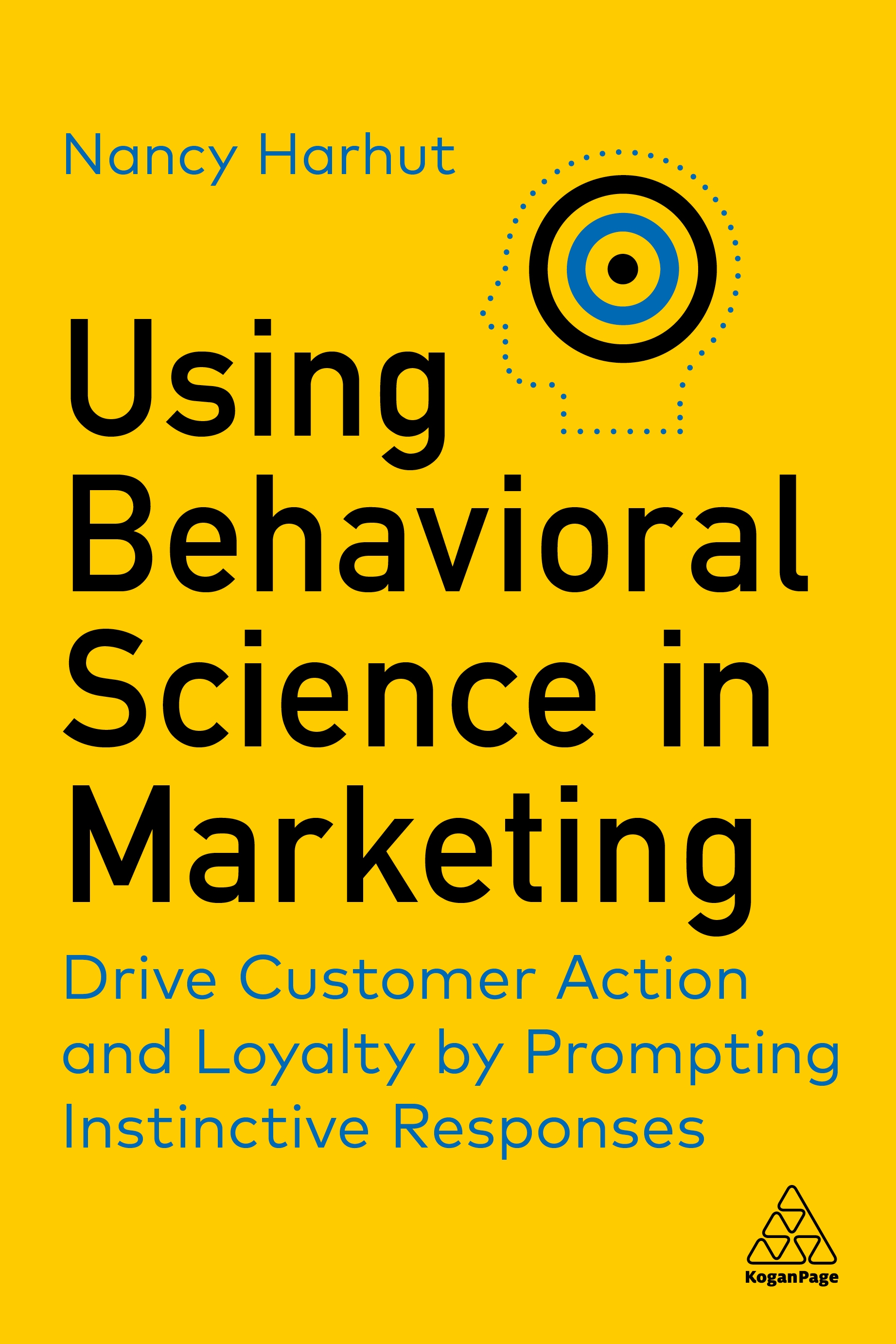Deep Dive into Edge Computing and its Implementations. Key Features. ● Numerous real-world examples are provided to help readers grasp essential facets of Edge Computing. ● Apply a wide range of Python libraries, frameworks, and libraries to build intuitive IoT solutions. ● Exclusive coverage of the working of the Siemens Industrial Edge Computing Platform. Description. This book delves into the complexities of business settings. It covers the practical guidelines and requirements your The success of IoT and Industry 4.0 depends on edge computing and better network performance. The book, ‘Edge Computing with Python,’ intends to provide a fully-connected embedded environment in which readers can experience the applications of edge computing and IoT in a professional context. In this book, readers will learn what edge computing is, what its possible applications are, and how advantageous it is. This book provides thorough instructions for using Python to build every potential edge application. The book begins by configuring the programming environment with tools like VS Code, Python, and several popular libraries like SciPy, NumPy, and Pandas. Then, the book explains gaining access to IO devices, data handling, data storage, cloud connectivity, and hosting ready and pre-trained machine learning models step by step. The book delves into sophisticated ideas such as Docker Containers, MQTT, and FIWARE and how one can use them to construct Edge applications. In addition, the book details the Siemens Edge computing platform and how to use it for rapidly developing Edge applications. After reading this book, knowledge of Edge Computing’s architecture, its benefits, and drawbacks will give readers a competitive advantage in the market. What you will learn ● In-depth knowledge of Edge Computing and its strong ties with the Cloud, IoT, and IIoT. ● Illustrations of numerous Python packages and simulations for device interfaces. ● Explanation of multiple data gathering methods, including HTTP/REST, Serial Port, and ZeroMQ. ● Explanation of aspects of AI/ML, including model training, loading, and execution in the context of Edge Computing. ● Security threats and countermeasures, including SSL/TLS, Nginx, secure code, etc. ● Building full-fledged Edge applications using Docker, MQTT, FIWARE, and the Siemens Industrial Edge Platform. Who this book is for. Readers interested in embedded programming, system programming, edge device programming, electronics hobbyists, Internet of Things (IoT) engineers, microcontroller programming, and networking will find this book boost their career development. Knowledge of Docker, Containers, and REST is an added advantage. Table of Contents. 1. Understanding Edge Computing. 2. Up and Running with Edge Architectures. 3. Challenges for Developers. 4. Setting Up Edge Computing Environment. 5. Data Acquisition and Processing. 6. Data Storage and Cloud Connectivity. 7. Executing AI/ML Models. 8. Security and Protection. 9. Applying Advanced Tools and Techniques. 10. Developing End-to-End Edge Applications. 11. Edge Platforms at a Glance












